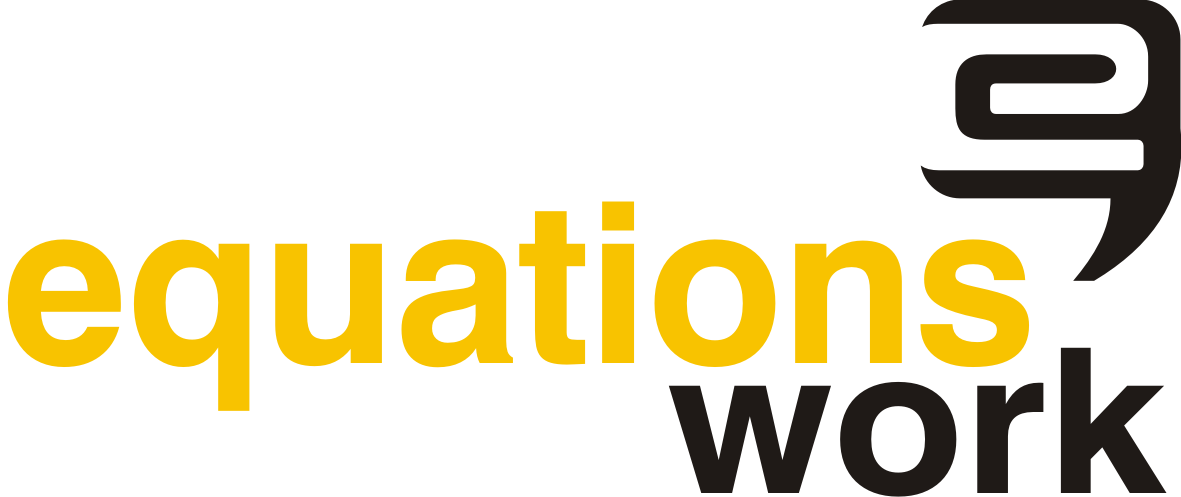Let’s begin by talking about some numbers. Today, there are over 2.6 billion smartphone users across the globe. Statista estimates this number to reach 4.61 billion in 2016 and 4.77 billion in 2017. The 2015 Ericsson Mobility Report further showed that the number of smartphone subscriptions which touched 2.6 billion in 2015 is expected to cross 6.1 billion by 2020. People are also spending more digital time on their smartphones. A report by StatCounter shows that over 37% of website visits were done via a smartphone. A report by Google called "Micro-moments" revealed that 87% of people always have their smartphone by their side and 68% of these users check their phone within 15 minutes of waking up. Clearly, the smartphone is not only becoming integral to our lives but is almost becoming its extension. With the mobile explosion sweeping across the world, can learning through mobile devices be left far behind?
As mobile becomes the preferred choice to access and consume content, eLearning too has experienced a mobile shift. According to Cisco, the global market of mLearning is getting stronger and is expected to grow from $7.98 Billion in 2015 to $37.60 Billion by 2020. Organizations across the globe are also recognizing the pivotal role of mobile in the lives of employees (65% of workers declared that mobile was their most critical work device in 2012 itself) and over 34% of organizations, today have mobile learning programs in place. The Towards Maturity Benchmark Study revealed that organizations leveraging mobile technologies in learning reported more staff and business benefits. With the global mobile workforce standing at 1.3 billion (37%) and growing, mLearning looks like the magic pill that can provide the cure for learning and development woes.
However, mLearning is not eLearning on a mobile device. mLearning content has its own set of requirements. There is a greater use of multimedia elements in mLearning. The course content is more bite-sized considering phone memory and battery limitations and has to also be designed for easier consumption. The courses have to be more personalized, interactive and have back-end support guides. mLearning programs are also seeing a greater adoption of big data analytics to gauge the effectiveness of the learning programs and proactively implement changes when needed. Social media integration, geo-location, use of augmented reality are some of the other areas that are seeing increased adoption in mLearning programs.
Clearly, simple authoring tools and LMS systems need to be up to speed with these integrations and new demands of today’s learners. mLearning developers now need to be armed with the right set of tools that give them the flexibility to design and execute new and engaging concepts easily. mLearning product development thus has to take into account the following considerations:
Technology stack
The first thing to take into consideration when building an mLearning product is the technology stack. With a number of open source technologies available for use, developers need to first understand the context in which the mLearning program will be used to identify the right technology stack. An mLearning product used to create a multimedia heavy mLearning program will have different technology requirements than one that is text driven and does not need interactivity.
Interoperability between devices
One of the greatest advantages of mLearning is that it supports interoperability between devices. You can view an mLearning program from a smartphone as well as from a tablet. The product used to develop such an mLearning program should thus allow the developers to enable the interoperability between devices features with ease and should not demand too much of time investment.
Accessibility testing
mLearning product development also has to take into consideration accessibility testing to ensure that people with physical disabilities can use the application developed on the product just as easily. Testing of directional controls, keyboard accessibility, gesture navigation testing, audible feedback testing all have to be accounted for.
Interactivity builder
mLearning programs rely heavily on multimedia use. Whether it is a power point presentation that needs to be converted to an mLearning module or the use of audio, video, and other such multimedia elements, the mLearning product has to be comprehensive enough to allow mLearning developers to build in interactive elements into their learning programs with ease. Incorporating toggle features, auto recovery, dockable windows and panes, backward compatibility, LMS compatibility etc. are some ways to improve developer productivity when building an interactive mLearning program.
LMS compatibility
Given that there are multiple Learning Management Systems in use across the globe, mLearning product development has to ensure maximum LMS compatibility to make sure that the content developed on the product works across the plethora of LMS’s.
Responsive design
Without a doubt, mLearning product development has to ensure that the learning module developed on the product allows for both landscape and portrait orientations and allows for the object to reflect correctly on any device.
Big Data Analytics
Mobile learning product development also has to have mobile app analytics. With the help of this feature, mLearning developers will be able to easily map the effectiveness of the learning program, tweak mLearning modules proactively and design customized learning experiences effectively. As an increasing number of people lean in towards the mobile revolution, eLearning product development, too, has to evolve. mLearning product development has to now factor in the demands of the user base – the demographic that will be using the mLearning module as well as the mLearning content developer, to create products that not only allow the creation of impactful learning experiences but are equally simple to use.




0 comments :
Post a Comment